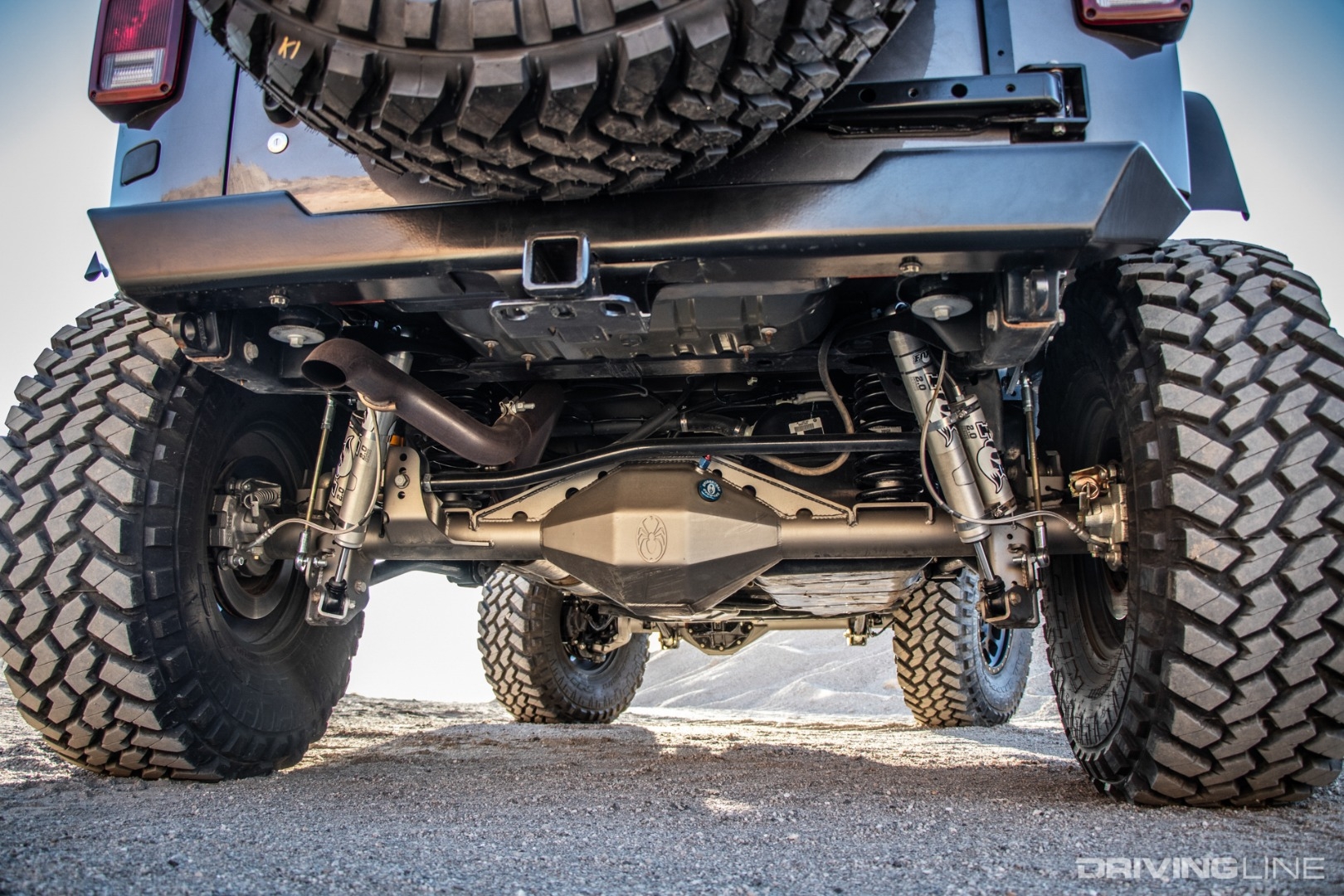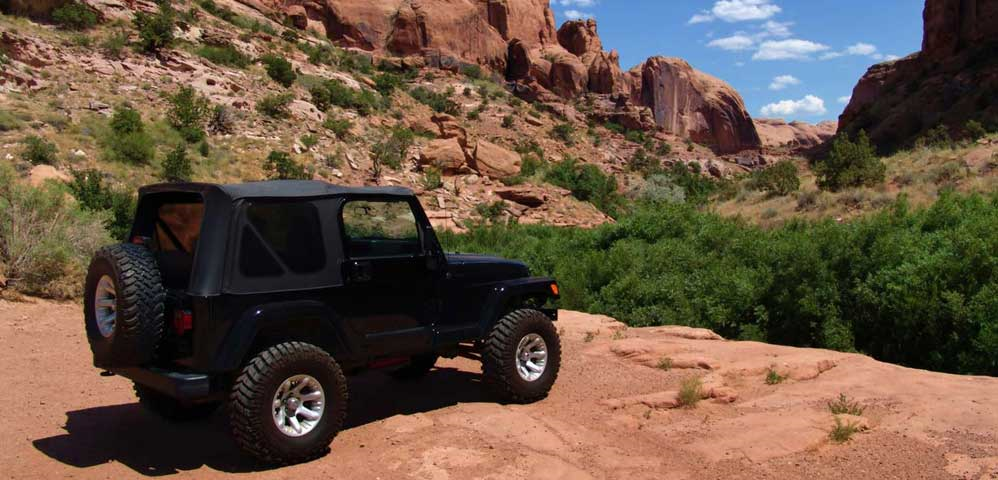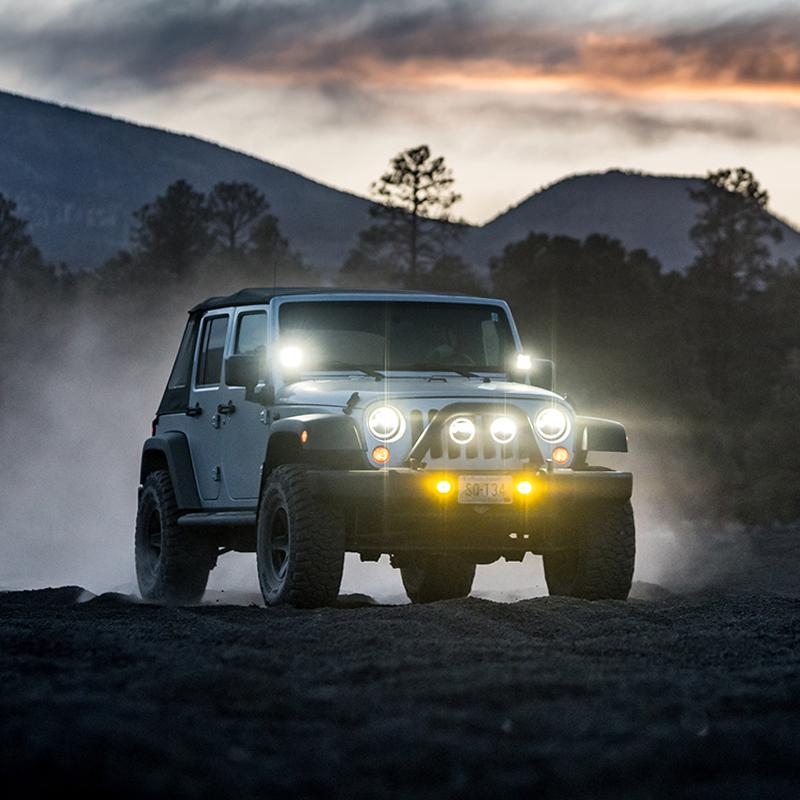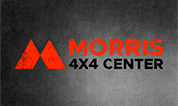Getting power to the wheels of your vehicle is a complex process. It involves a lot of moving parts working together to get you from point A to point B. The drivetrain is the system that does just that - it transfers power from the engine to the wheels. But how does it work? Let's take a look.

What is a Drivetrain?
The drivetrain is the system of components that deliver power from the engine to the wheels. This includes the transmission, axles, joints, and driveshafts. The drivetrain is responsible for getting power to the wheels so that your vehicle can move.
To do so, every part must work in perfect harmony and balance with each other. Although it may look fairly simple, there is a lot of engineering that goes into making sure each component is up to the task.
Jeeps are synonymous with having some of the best drivetrains when it comes to off-roading. Even though stock components are great, upgrading the driveshaft and axles will give your Jeep even more capability to get through any tough situation.
How Does it Work?
Converting power from the engine into motion is a complex process that involves many moving parts working together. The engine produces power in the form of rotational energy. This energy is then transferred to the wheels front, rear, or all wheels depending on the vehicle's configuration.
The transmission is responsible for converting the engine's rotational energy into linear motion. The transmission has a series of gears that can be engaged to change the speed and torque of the vehicle.
From there, power gets sent to the driveshaft. In a 4x4, a transfer case is used to send power to all four wheels when needed. In everyday driving conditions, power is sent to the rear wheels only. However, when more traction is needed, power can be sent to the front wheels as well.
The driveshaft is what allows power from the engine to be transferred to the axle which in turn goes to the wheels. Keeping up with tradition, most Jeeps still use a solid front and rear axle set up to deliver power to the wheels.
Although it may take reduce comfort in certain situations, it is what gives full-size Jeeps like the JK the ability to perform so well straight out of the box.

What are the 3 Main Components?
When talking about drivetrains, three main components make up the system: transmission, axles, and driveshaft.
Each one plays an important role in delivering power to the wheels and making sure your vehicle can move.
The transmission is responsible for converting the engine's rotational energy into linear motion. It does this by engaging a series of gears that can change the speed and torque of the vehicle relative to the speed. Lower gears increase the torque to get the vehicle moving while higher gears increase the speed. Automatic transmissions do this automatically while manual transmissions require the driver to manually select the gears. The latter, of course, is preferred amongst die-hard off-road enthusiasts.
Next up is the driveshaft. The driveshaft is what takes power from the transmission and sends it to the axles. The driveshaft typically runs front to back under the vehicle. At the front, it is connected to the output of the transmission. At the rear, it is connected to the differential which then sends power to the wheels.
Last but not least, the axles. This is how the wheels get the power to the ground. The axle houses the differential which is a set of gears that allows each wheel to rotate at different speeds. Setups have an open differential which allows each wheel to rotate at different speeds. But, when more traction is needed, a limited-slip differential can be used which locks both wheels so they rotate at the same speed.

What Parts are Included in the Drivetrain?
As previously mentioned, a drivetrain is made up of more than just the transmission, driveshaft, and axles. There are a few other parts that help everything run smoothly.
Joints are one such part. Joints are what connect the different parts of the drivetrain and allow them to move. U-joints, or universal joints, are commonly used in driveshafts. CV joints, or constant velocity joints, are commonly used in front axles as they allow for a greater range of motion.
There are also a variety of bearings that help reduce friction between moving parts. Couple that with a transfer case, seals, and other important bits and you have a drivetrain that's ready to take on whatever you can throw at it.
So there you have it, a drivetrain explained. Of course, there's a lot more to it than what's been covered here. But, this should give you a good understanding of the basics.
If you're looking to get into off-roading, or if you just want to learn more about how your Jeep works, be sure to check out our other articles. We cover everything from suspensions to winches and everything in between. Until next time, happy trails!






